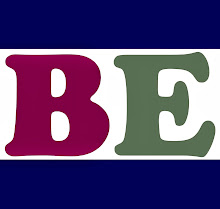Past to Future (2)
Gabor Mate explains something important about the way our memory works.
For efficiency, the brain is designed to form clusters in our neurophysiology and mind—connections among certain memories, emotions, ways of perceiving the world, and behaviours—which stay together as internal units that can be activated when needed.I created the following diagram to illustrate what Gabor Mate is explaining. In our memory (shaded circle), we often cluster events, perceptions, feelings and behaviours together.
Our perceptions and thoughts about an event influence our behaviour, but they are not always remembered clearly.
Our emotions/feelings often dominate the memory (over our rational thoughts). Strong feelings (particularly negative ones like fear, shame or anger) give the event a stronghold in our memory. If there are no strong emotions during the event, it will go into a weaker place in memory and will be quickly forgotten.
Our behaviour/actions will often be motivated by the emotions we feel. The more intense the emotion, the stronger will be the response/behaviour. That is good if we need to respond powerfully, but it can also cripple us.
In response to intense emotional events, we often make decisions/vows about what we will do in the future, eg “I will never do that again” or “I will never speak honestly to my father again”. We are often not always aware that we have made these decisions, and they do not always go into our memory with the event, but these vows significantly constrain our future behaviour.
More at Past to Future.


No comments:
Post a Comment